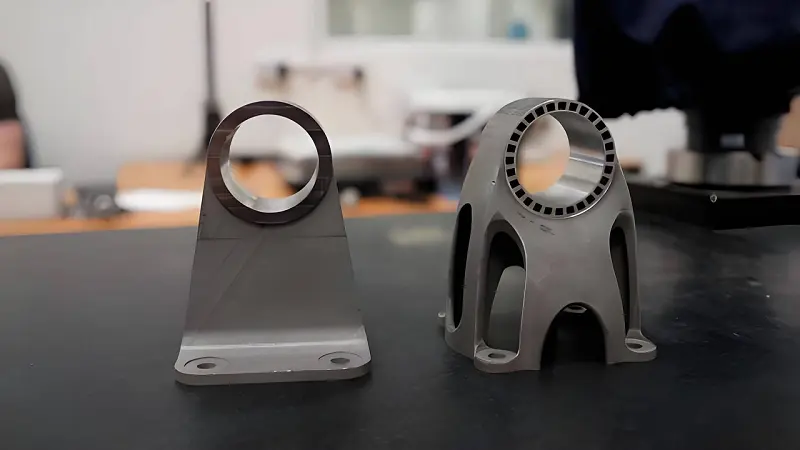
Knowledge
Recrystallization of Titanium Alloys

When titanium alloy remains in a static state at high temperatures for a long time or undergoes multiple heating and cooling cycles within a certain temperature range over several weeks, it may lead to recrystallization of the titanium alloy.
I. Causes of recrystallization
The main cause of recrystallization in titanium alloy is the influence of temperature. When titanium alloy is at high temperatures, atoms at the grain boundaries and within the grains will diffuse, forming larger grains.
The main causes of recrystallization are as follows:
1. Recrystallization temperature: When titanium alloy is held at high temperatures for a period of time, intergranular diffusion and atomic diffusion increase, resulting in the formation of large-grained recrystallization. Generally speaking, the higher the recrystallization temperature, the larger the grains formed.
2. Recrystallization time: If titanium alloy is held at high temperatures for a period of time, a certain degree of recrystallization can occur. If the recrystallization time is too long, larger grains will form.
3. Recrystallization cycle: When titanium alloy undergoes multiple heating and cooling cycles within several weeks, each heating reduces the degree of undercooling recrystallization, leading to an increase in grain size. When the grain size increases to a certain level, grain boundaries can form during the cooling process.
II. Effects of recrystallization
Recrystallization can affect the mechanical properties and corrosion resistance of titanium alloy, mainly manifested in the following two aspects:
1. Reduced strength: After recrystallization, the grain size of titanium alloy increases, the spatial structure becomes looser, and the cohesive force decreases, resulting in a reduction in the material strength of titanium alloy.
2. Reduced corrosion resistance: After recrystallization, the grain size of titanium alloy increases, and the grain boundary area also increases accordingly, forming many cracks and voids, which greatly reduces the corrosion resistance of titanium alloy.
III. Prevention of recrystallization
To prevent recrystallization of titanium alloy, the following measures can be taken:
1. Reduce the heating temperature and time of titanium alloy to avoid excessive heating and prolonged heating time.
2. Use low-temperature processing: Keeping titanium alloy at a low temperature during processing can effectively prevent recrystallization.
3. Use rapid cooling methods: Applying rapid cooling methods to heated titanium alloy can prevent the increase in grain size.
Recrystallization of titanium alloy occurs due to the influence of temperature and may affect the mechanical properties and corrosion resistance of titanium alloy. To avoid recrystallization, measures such as reducing heating temperature, low-temperature processing, and rapid cooling can be taken.
Welcome to contact us for more information, contact us at info@castings-forging.com



